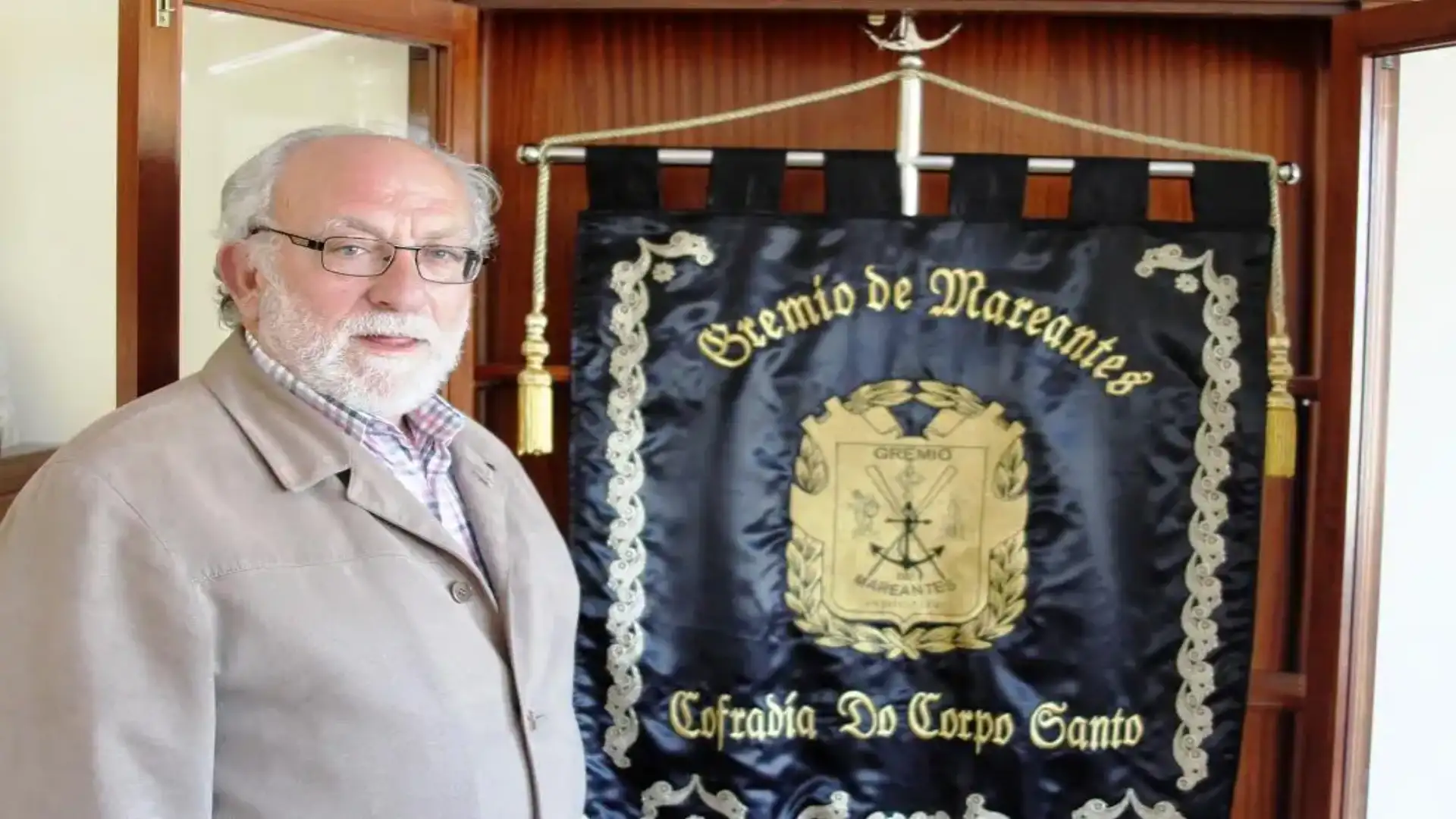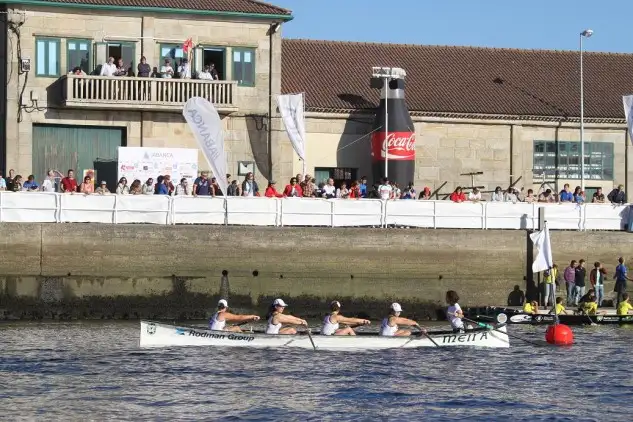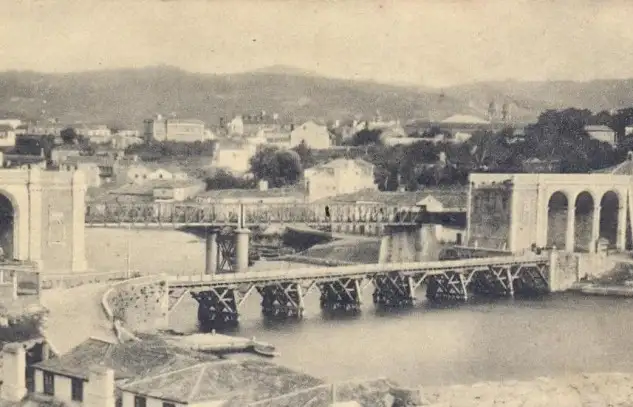
The Mareantes Guild of Pontevedra the living history of Galician fishing.
The Mareantes Guild of Pontevedra the living history of Galician fishing.
In the 16th century Pontevedra the tidal guild reached great visibility. Juan Juega Puig, among others, has studied this issue and well illustrates the jurisdiction that he achieved for himself, in an age of privileges and exclusions for economic activity. "The deslinde of the river of Aldan with the tides of Cangas dates from 1501," says the author. This jurisdiction covered, on the coast, "from the Tranqueiros de Aguiño to the Estelas de Baiona," in which the tidal guild of Pontevedra exercised its authority. (Aguiño on the southwestern coast of the current province of A Coruña and Baiona near the southwestern end of Pontevedra).
But if the tides have this power, it is for two reasons: the first because the Archbishop of Santiago gives it to him, and the second because the guild is an extraordinary source of income for the village of Pontevedra, then the most populated of Galicia, including the cities with bishopric. The archbishop, for his part, will receive his non-small fee. The first known tidal ordinances - we follow Juan Jueg- are 1523, then renewed to adapt in 1531 and in several more years until 1596, it seems that the latter did not become effective. The main objective of the ordinances will be to limit to the maximum the activity of the "xeites," which were widely used in the river as fishing art for the capture of the sardine. It is to extend the network by leaving it in the water so that the sardines are caught. The fence, for its part, was to surround with the net the zone where it was intended to fish, holding the ends of it to the bow and to the stern of the boat. During the 17th century its use declined.

The Guilio organizes various cultural activities and does not neglect sport, such as the fixed bank rowing. In the image the building that houses the centenary institution in the center of Pontevedra on the banks of the Lérez, which is located on the docks of As Corbaceiras.
The community of interests between the archbishops of Santiago and the tides will not avoid the feuds between the two sides: the second were aware that the work was dependent on them, and the first one was a ducho - as at all times the Church - in pleading for the smallest reason. But the pleas were not limited to the two parties indicated, but the tidal guild of Pontevedra also had differences with the fishermen of Portonovo, particularly in the years 1569, 1582 and 1594, "when the struggle between the fences and the 'xeites' reached its greatest virulence." The problem is that the 'xeites' were increasing in number and occupied the whole ría, making the catch by means of fences decrease. This is what Melchor de Teves Brito, the Corridor of Pontevedra, saw in the few years when the villa was a realingo. The Royal Audence of Galicia, shortly thereafter, was of the same opinion, coming to the conclusion that at the end of the 16th century the flourishing fishing pontevedresa depended on winning or losing in this dispute. It was already known that the river was not capable of holding a holding with the two fishing gear.
© 2024 Nautica Digital Europe - www.nauticadigital.eu














